日本には、桃太郎や浦島太郎のような昔話があります。これらの日本昔話は、外国人にとって面白く映るでしょう。
そこで今回は、日本昔話について英語で説明する際に使える表現をまとめました。
英語の記事:
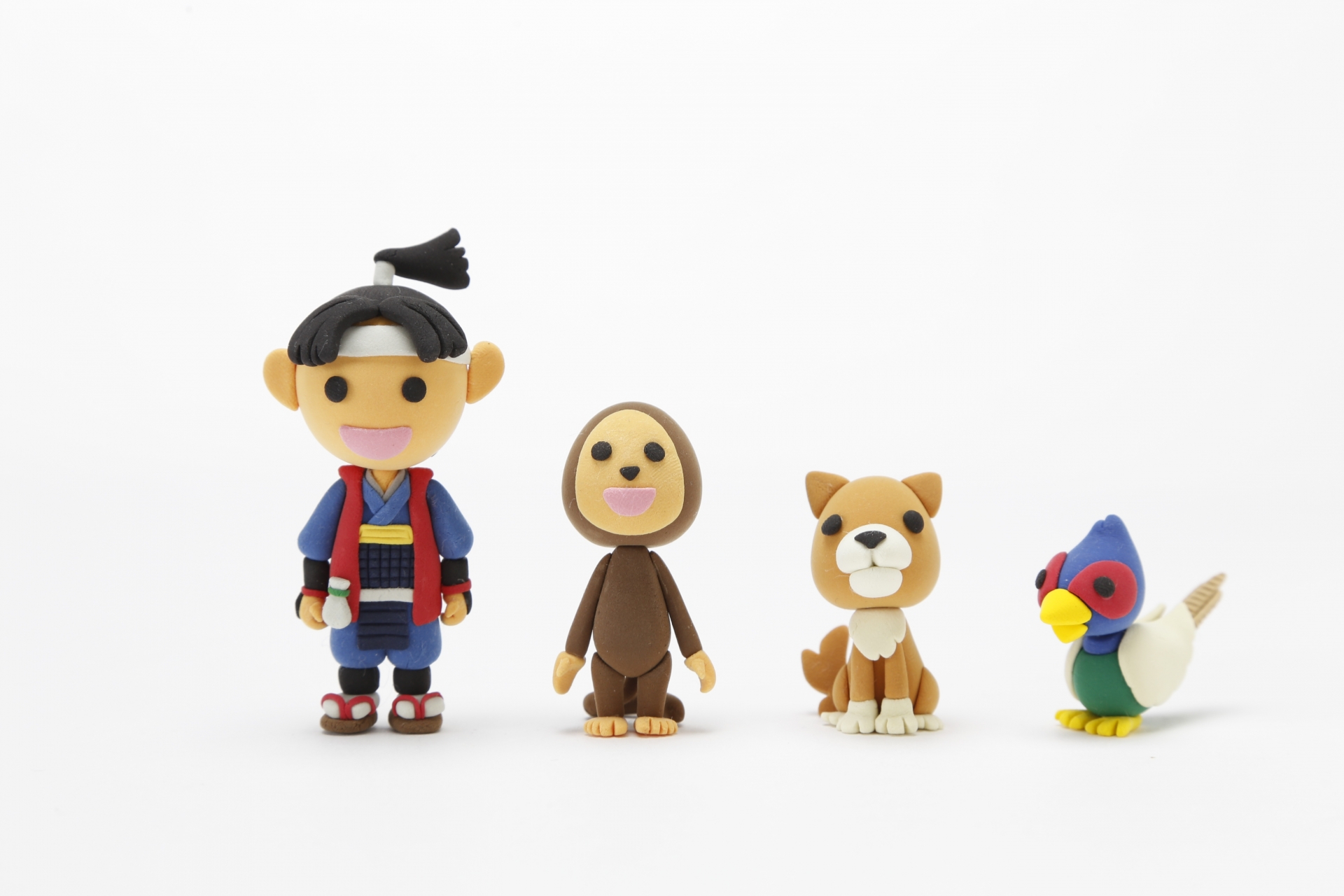

【この記事を書いているのは…】
凡人
Webライター/ブロガー 高校時代の海外旅行がきっかけで英語に興味を持つ。大学時代には10ヵ国を旅し、TOEIC870点を取得。6年間の英語講師経験あり。現在は英語特化型のWebライターとして活動中。自身でもWebメディア「#オンライン英会話のある生活」(https://bonjinblog.com/)の運営を行っている。
Twitter:https://twitter.com/bonjineikaiwa
「日本昔話」を英語で説明しよう
「日本昔話」を英語で説明する際に使う英語表現をまとめました。
Japanese folktales are children’s stories that are often read in Japan and have long been passed down from generation to generation.
日本昔話は、日本でよく読まれる童話で、古くから代々受け継がれてきました。
Today, they are often read as picture books in Japanese libraries and sold at bookstores.
今日では、日本の図書館で絵本として読まれたり、書店で売られたりすることが多いです。
They vary in content from educational and cautionary tales to funny stories and tragedies.
それらは、教育的で注意深い話から面白い話や悲劇まで、内容がさまざまです。
Incidentally, just as fairy tales in English usually begin with “Once upon a time, there lived…”, Japanese fairy tales also often begin with this sentence “昔々、あるところに…”, which mirrors its English equivalent.
ちなみに、英語の童話が「Once upon a time, there lived…」で始まるように、日本の童話も「昔々、あるところに…」と、英語と同じように始まります。
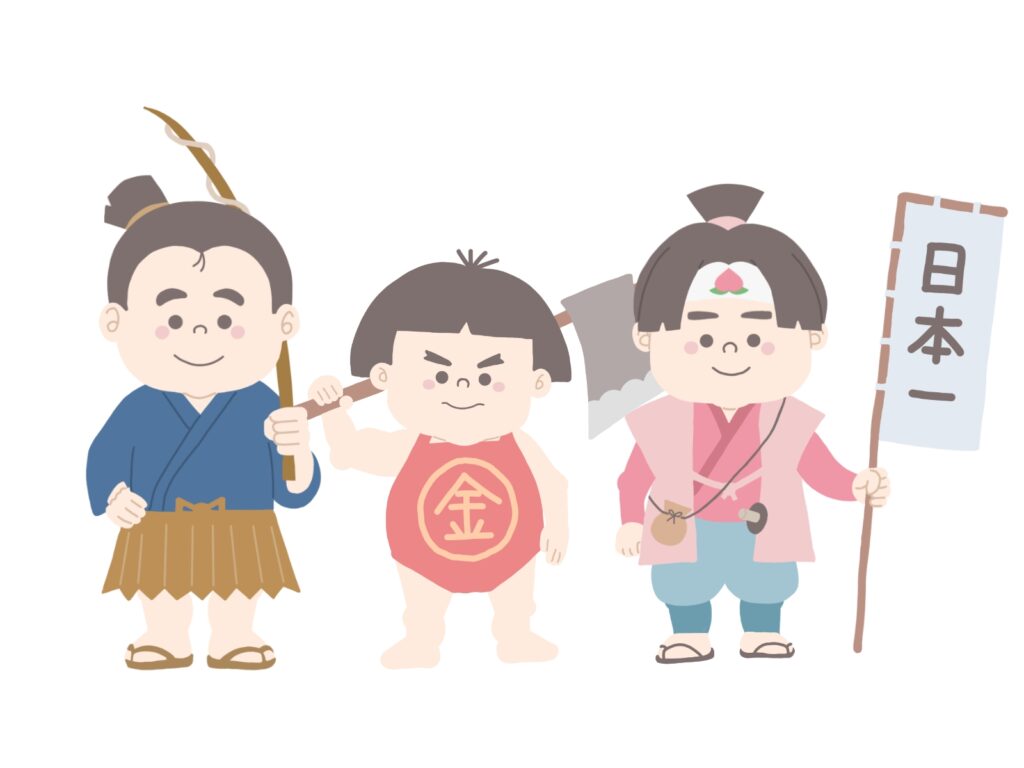
「日本昔話」の歴史を英語で説明しよう
日本昔話の歴史を英語で説明する際に使う英語表現をまとめました。
Since the origins of Japanese folktales have been passed down orally through the generations until the present, it is not known exactly when and where they originated.
日本の昔話は、口承で伝えられてきたため、いつ、どこで起こったのかはわかっていません。
The narrative literature that flourished among the upper classes during the Heian period gradually declined with the fall of the aristocracy in the Kamakura period, and what emerged instead at the end of the Kamakura period were short, illustrated stories called “otogi-zoshi.”
平安時代に上流階級で栄えた物語文学は、鎌倉時代の貴族の滅亡とともに次第に衰退し、鎌倉時代末期には「御伽草子」と呼ばれる絵入り短編小説が登場しました。
Unlike the upper-crust literature of the Heian period, which often had long-form themes of love between nobles, many of the stories were in short form and plainly conveyed incidents and events.
貴族同士の恋愛をテーマにした長編が多かった平安時代の上流文学とは異なり、短編で事件や出来事を淡々と伝えるものが多いです。
As a result, there were more variations in the stories, such as the main character being a nameless commoner or an anthropomorphic animal. It is said that these stories are what eventually became the Japanese folktales of today.
その結果、主人公が名もない庶民であったり、動物を擬人化したものであったりと、物語のバリエーションが増えました。それがやがて、現在の日本の昔話になったと言われています。
人気の「日本昔話」を英語で紹介しよう
人気の日本昔話について英語で説明する際に使う英語表現をまとめました。
全文を掲載することはできないので、冒頭のみを掲載しています。続きがきになる方はぜひ英語の記事を参考にしてみてください。
▶記事はコチラからお読みいただけます!

桃太郎
Once upon a time, there lived an old man and an old woman.
昔々あるところに、おじいさんとおばあさんが住んでいました。
One day the old man went up into the mountains to cut grass while the old woman went down by the river to wash clothes.
ある日、おじいさんは山へ芝刈りに、おばあさんは川へ洗濯に出かけました。
While she was going about washing clothes, a big object came floating down the river. She pulled it out of the river and discovered that it was a very large peach. She brought the peach home with her planning to eat it with the old man.
彼女が洗濯をしていると、川から大きなものが流れてきました。川から引き揚げると、それはとても大きな桃でした。おじいさんと一緒に食べようと思い、おばあさんはその桃を家に持って帰りました。
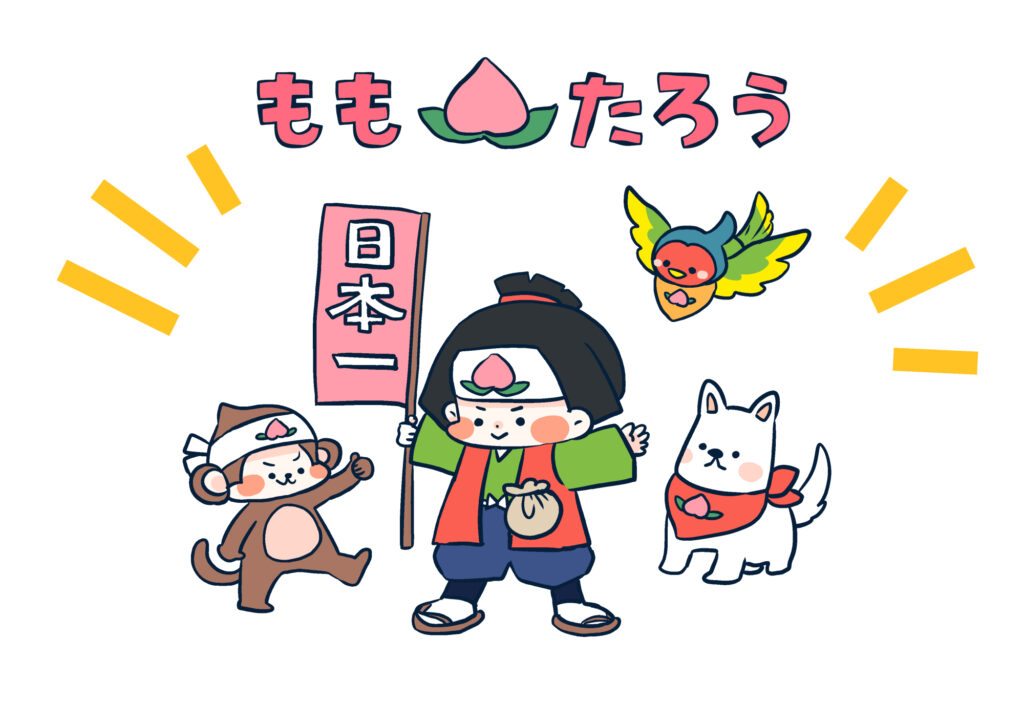
浦島太郎
Once upon a time, there was a kind-hearted fisherman named Urashima Tarō.
昔々あるところに、浦島太郎という心優しい漁師がいました。
One day while walking along the beach, he saw a turtle being teased by children.
ある日、浜辺を歩いていると、子供たちにいじめられているカメを見つけました。
Taking pity on the turtle, Urashima Tarō made the children stop bullying the turtle and saved it.
浦島太郎は亀に同情し、子供たちに亀をいじめるのをやめさせ、亀を助けました。

はなさかじいさん
Once upon a time, there lived a grandfather and a grandmother.
昔々あるところに、おじいさんとおばあさんが住んでいました。
They had no children, but they did have a dog named “Shiro” that they loved very much.
二人には子どもがおりませんでしたが、シロという名の犬がおり、たいそう可愛がっておりました。
One day, Shiro was in the field and said, “Dig here, bow-wow!”, “Dig here, bow-wow!”.
ある日、シロが畑で「ここ掘れわんわん!ここ掘れわんわん!」と言ったのです。
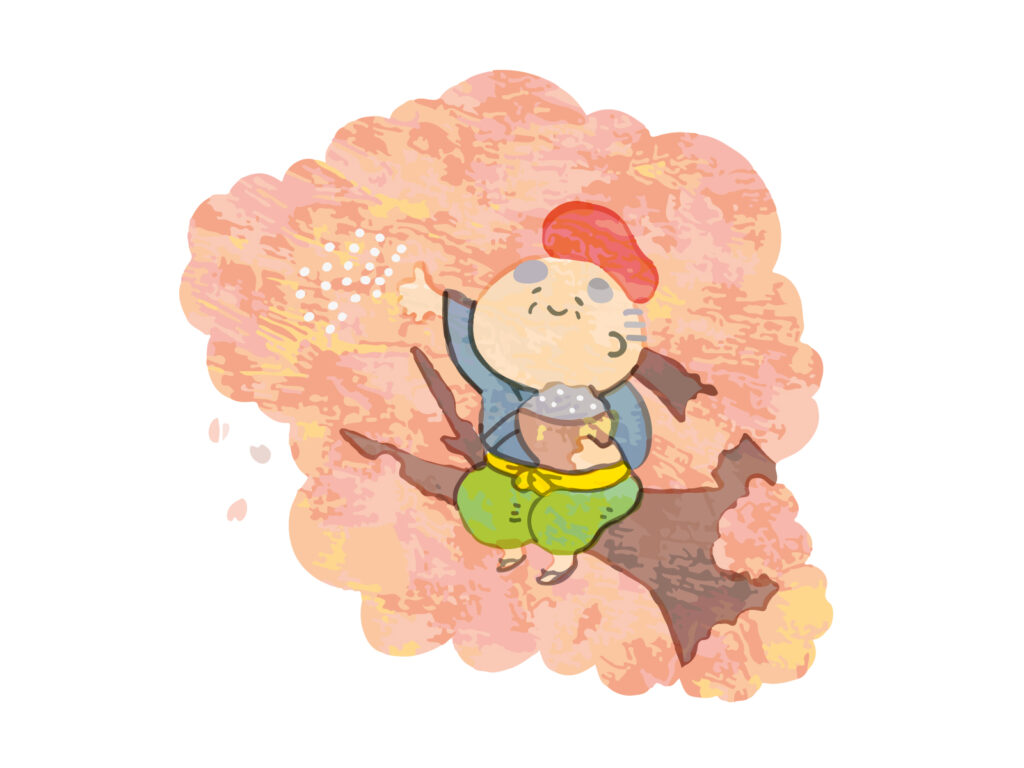
まとめ
日本昔話について英語で説明する際に使える表現を紹介しました。
外国人に日本昔話について説明をする機会がある際は、ぜひ本記事で紹介した英語表現を使ってみてください。
あわせて読みたい
ガイドコミュニティ・JapanWonderGuideに参加しませんか?
JapanWonderGuide(JWG)は「日本のガイドの質を世界一に」をスローガンに掲げるガイドコミュニティです。
2020年から活動を開始し、全国通訳案内士等を中心に、現在は、3,800名を超えるコミュニティとなっております。
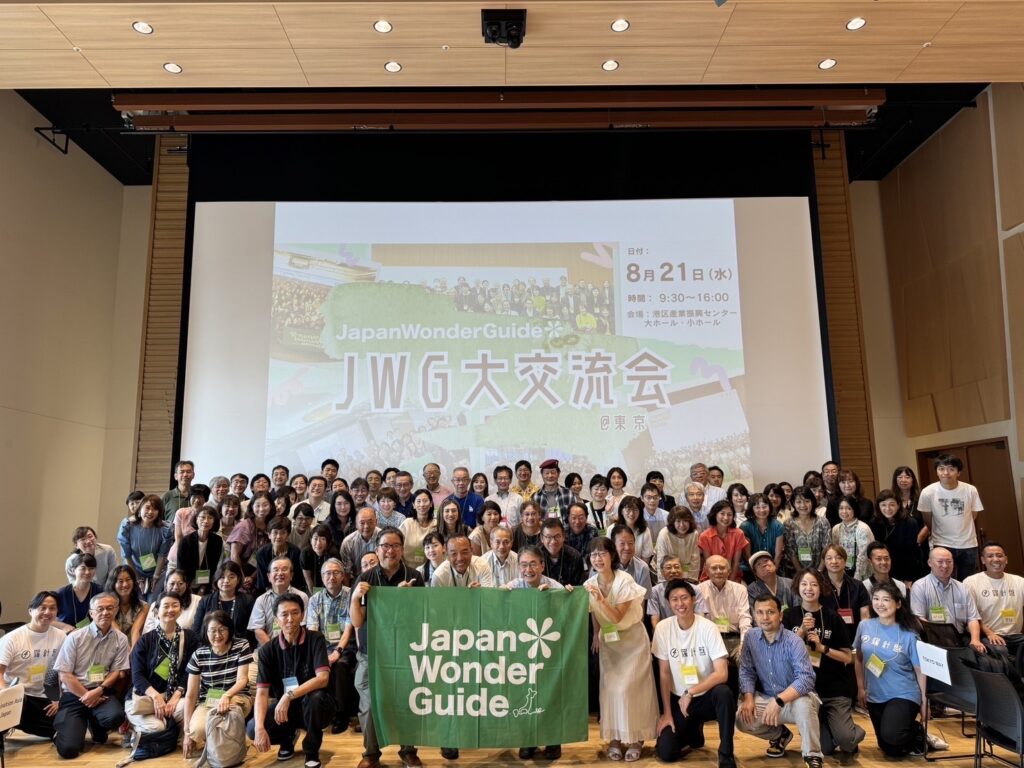
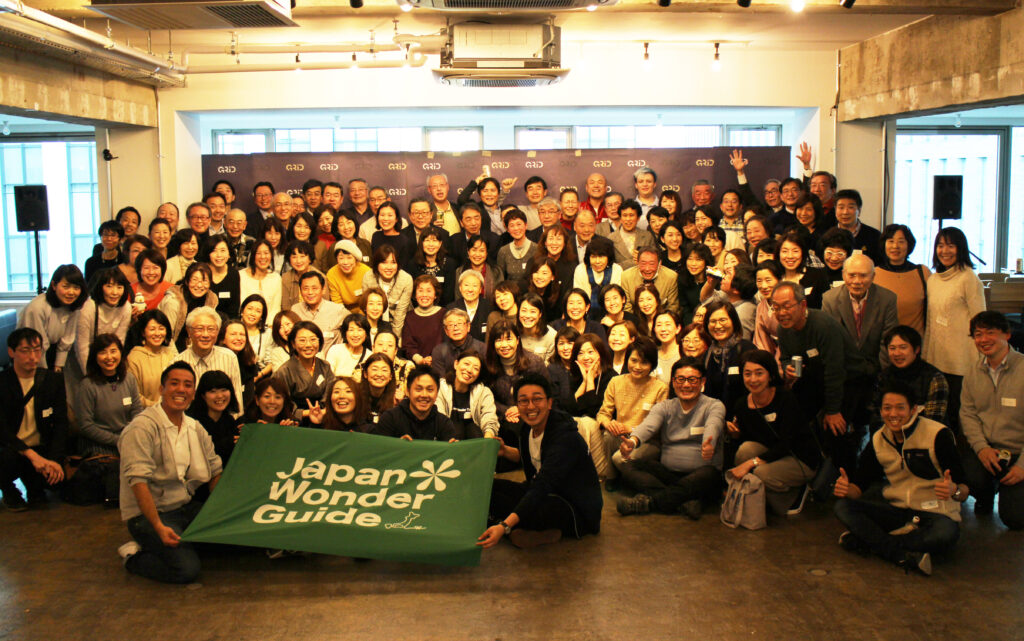
JWGの有料会員(Knottist)にご登録いただくと、月額1,000円(税込1,100円)で、ガイディングやビジネスに活きる知識・スキルが身につくE-Learningが受講し放題!ガイドのスキルアップに特化した研修動画を、お好きなだけ、無料でご視聴いただけます。
さらに、Knottistになると、通訳案内士が5年ごとに必ず受講しなければならない「通訳案内研修」を、オンラインで、無料でご受講いただけます。そのほか、下見やツアー時に割引/無料でご入場いただける優待施設のご利用や、人気観光施設の最新情報や裏話をお届けするJWG Live!の見逃し配信、各研修の割引など、様々な特典をご利用いただけます。
有料、無料会員様ともに研修やイベント情報など、ガイドに役立つ内容がたっぷり詰まったメルマガを月に2回お届け。
また、ガイド仲間を見つけ、交流できるFacebookグループにもご招待!情報交換の場としてお使いください。
| Knottist Free | Knottist | Knottist+ | |
| 料金 | 無料! | 月額1,000円 (税込1,100円) | 年間14,000円※ (税込15,400円) |
| 期間 | 無期限 | 毎月自動更新 | 2026年8月31日まで |
| ①E-learning動画配信 | 有料 | 無料 | 無料 |
| ②メンバー向けメルマガ受信 | ○ | ○ | ○ |
| ③JWG Live!見逃し配信 | △ | ○ | ○ |
| ④JWG主催研修割引 | – | ○ | ○ |
| ⑤JWG交流会へご招待 | 有料 | 無料 | 無料 |
| ⑥通訳案内研修 | 3,500円 | 無料 | 無料 |
| ⑦E-learning動画配信 | 有料 | 無料 | 無料 |
| ⑧メンバー限定Facebookグループご招待 ※ご希望される場合のみ | 〇 | 〇 | 〇 |
| ⑨通訳ガイド保険 | – | – | ○ |
※Knottist+の会費は加入月によって変動します
★通訳ガイド保険がついたKnottist+もご用意しております。資格の保有の有無に関わらず、通訳案内業務が補償の対象となりますので、どなたでも安心してガイドのお仕事をしていただけます。
インバウンド復活の兆しも少しずつ見えてきました。ぜひこの機会にご検討ください。
まずKnottist Free (フリーメンバー)に登録し、月2回メルマガを受け取ってみませんか?
JWGで、日本の観光を一緒に盛り上げていきましょう!




